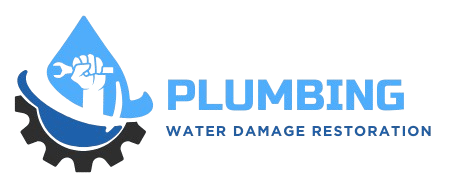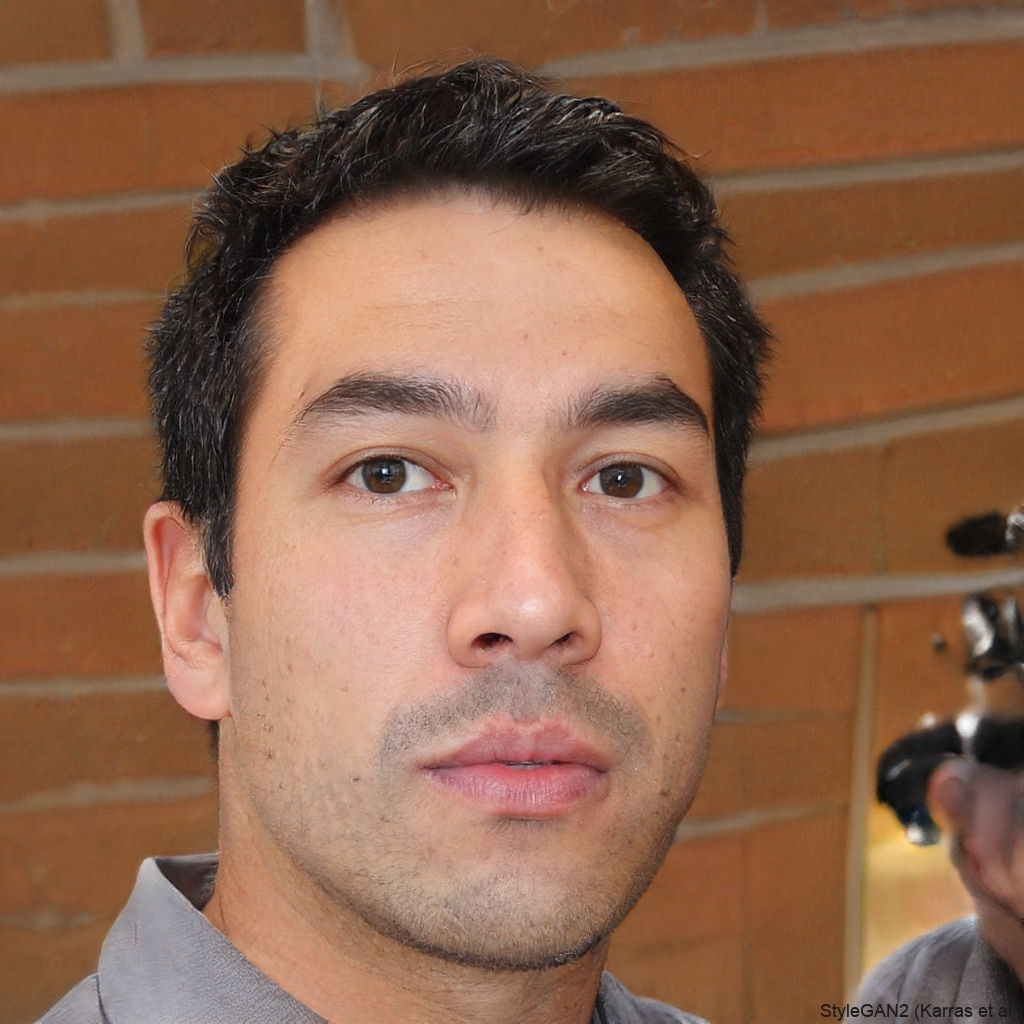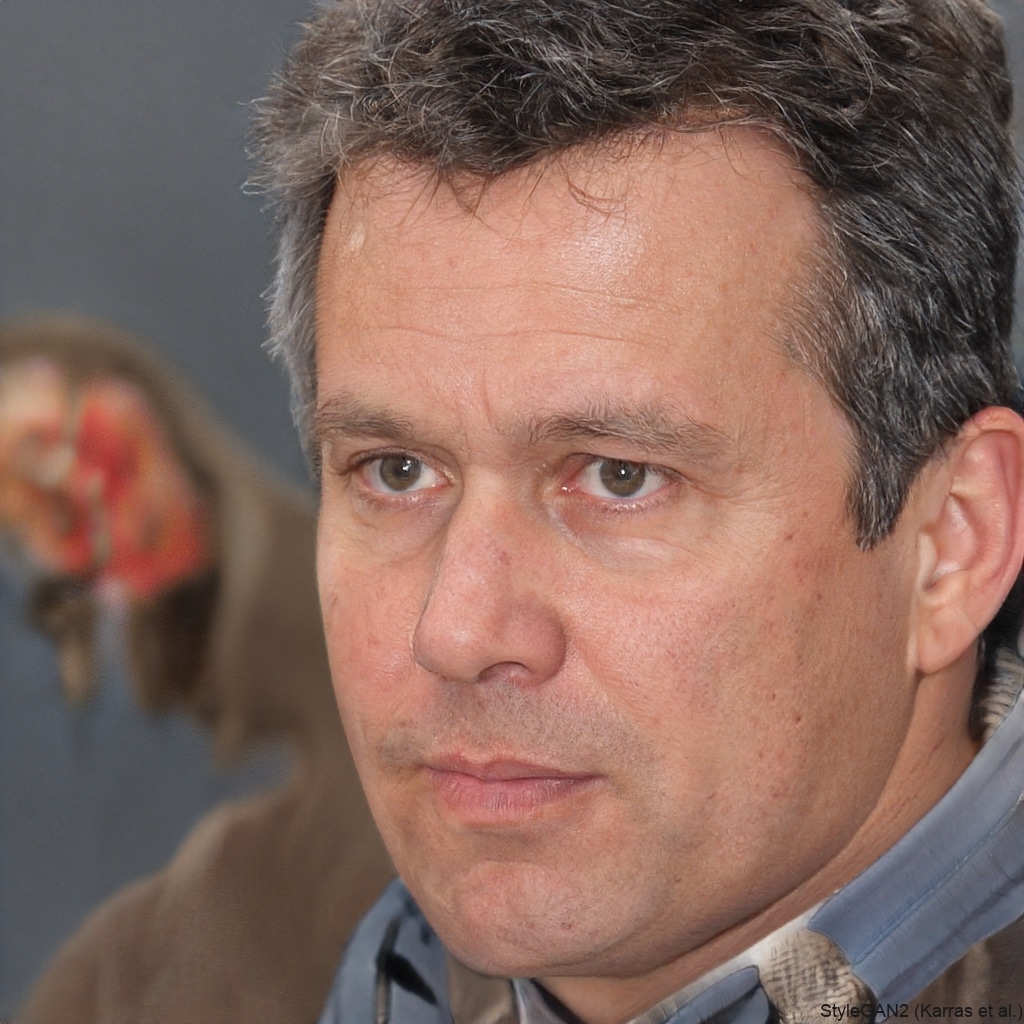When it comes to plumbing in private homes, know-how is all. This is particularly true in Aurora, Colorado, where local residents must contend with a perplexing array of plumbing problems that vary wildly according to the age and style of the architecture. Old, outdated pipes are a nightmare just about anywhere, but they are particularly bad in a dry climate like ours, where small cracks and fissures in the materials are just waiting to expand at the slightest provocation. On the other hand, the plumbing in newer homes is generally better, but only in some parts of the system—many new homes across this country still have cheap, low-quality water heaters that are just waiting to go belly up.
The main thing to think about when it comes to the plumbing in your house is what kind of water heating system you're going to use. The majority of residents around here still use traditional tank water heaters, and with good reason: they just work. You turn on the tap, and there's hot water—day or night, right when you need it. Increasingly, though, people are using tankless water heaters, which are more space-efficient, more energy-efficient, and in many ways just as reliable. Again, though, you have to think about your habits—how much water you use in any given space, at any given time. Once you've figured that out, you can have a local plumbing expert help you decide what kind of fixture to put in that space and make your home more energy-efficient.
Determining the plumbing necessities for residences in Aurora is also a matter of season. Cold winter weather can cause plumbing problems that might not occur in other regions, like frozen pipes; and that might not occur in our region at other times of the year—like the kinds of decrepit drainage systems we see in the spring when snow has just melted and the ground is so sodden that it might as well be a watershed.
The steady seasonal march through the calendar in Aurora means that those who live here get to experience what nature has to offer in full four-part harmony. That means we get to see and hear and feel the water when winter pipes are, well, up to snuff; when irrigation systems are working; and when the drainage systems that carry meltwater and spring rain are doing the jobs they're supposed to—that is, when they carry water no one can see or hear to places where no one can see or hear it.










